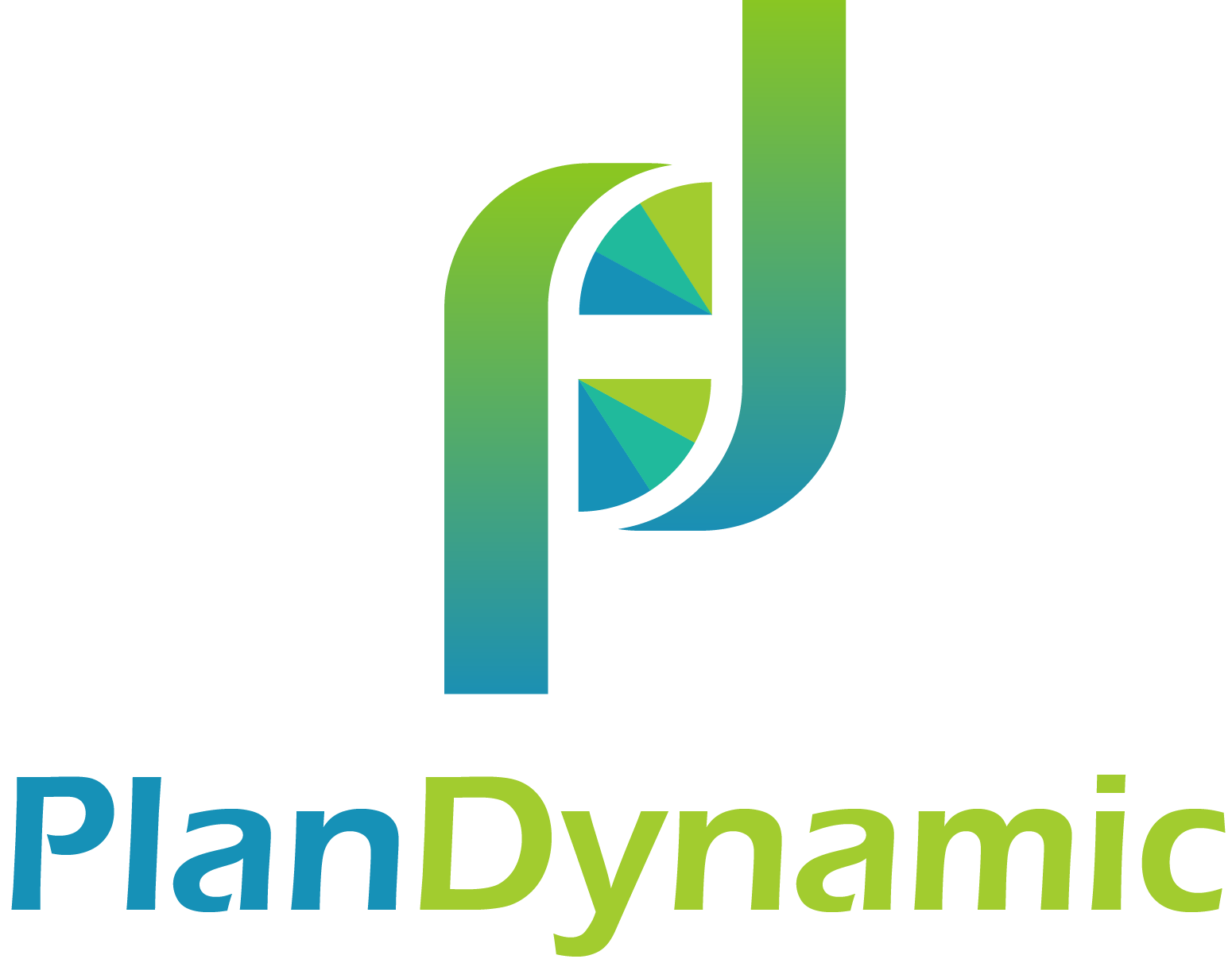Teaching Your Kids About Money
Dadda, can you buy this?
Momma, why do you work?
Are we rich or poor, my friend at school is asking?
Yes, a kindergartner is curious and money conversations become more difficult as kids grow older.
Making children understand how money works is a start, however financial literacy doesn’t equate to understanding value or making good, responsible decisions. A book to help with conversations, instilling values and how financial decisions are values-teaching opportunities is The Opposite of Spoiled: Raising Kids Who Are Grounded, Generous, and Smart About Money by Ron Lieber.
Let me share a practical strategy we’re starting: Allowance & Three Jars.
No allowance for chores. Lieber argues when parents tie allowance to the completion of chores, they make work the primary focus, not money. Kids should do chores for the same reason we do - because they need to be done. If done poorly, there are plenty of privileges we can take away.
Allowance as a teaching tool. If your child can count and asking to buy things, start an allowance. Consider 50 cents to $1 a week per year of age, raise each year on birthdays. Your focus is to have them learn patience to watch money grow, strive for a goal and make decisions with defined resources.
Three jars: spend, save & give. Divide the allowance into three clear jars: one for spending soon, one for saving when we want or need something later and one to give to people who may need it more than we do. Let your child allocate how much each week, an introduction to budgeting.
First Kids Bank pays interest on Sundays. Keep a spreadsheet of jar amounts, record debits/credits and pay a high interest rate each Sunday, say 20%, so kids can visibly see the power of compounding and patience.
If $2 goes into Save jar, pay 40 cents interest next Sunday. If they repeat to week 5, more money is received from interest than allocated from weekly allowance. Once spent, less interest is paid, which helps teach value of selective spending decisions and building of savings.
The opinions voiced in this material are for general information only and are not intended to provide specific advice or recommendations for any individual.
Glenn Brown is a Holliston resident and owner of PlanDynamic, LLC, www.PlanDynamic.com. Glenn is a Certified Financial Planner™, Chartered Retirement Planning Counselor and fee-only fiduciary helping investors, business owners and Sandwichers evolve their financial independence.
This article appeared in the March 2019 editions of Holliston Local Town Pages and Ashland Local Town Pages.
Please call me at (508) 834-7733 or directly schedule a meeting to learn more about budgeting, college savings and aid strategies.
PlanDynamic, LLC is a registered investment advisor. This article is intended to provide general information. It is not intended to offer or deliver investment advice in any way. Information regarding investment services are provided solely to gain a better understanding of the subject or the article. Different types of investments involve varying degrees of risk. Therefore, it should not be assumed that future performance of any specific investment or investment strategy will be profitable.
Market data and other cited or linked-to content on in this article is based on generally-available information and is believed to be reliable. PlanDynamic, LLC does not guarantee the performance of any investment or the accuracy of the information contained in this article. PlanDynamic, LLC will provide all prospective clients with a copy of PlanDynamic, LLC’s Form ADV2A and applicable Form ADV 2Bs. You may obtain a copy of these disclosures on the SEC website at http://adviserinfo.sec.gov or you may Contact Us to request a free copy via .pdf or hardcopy.
